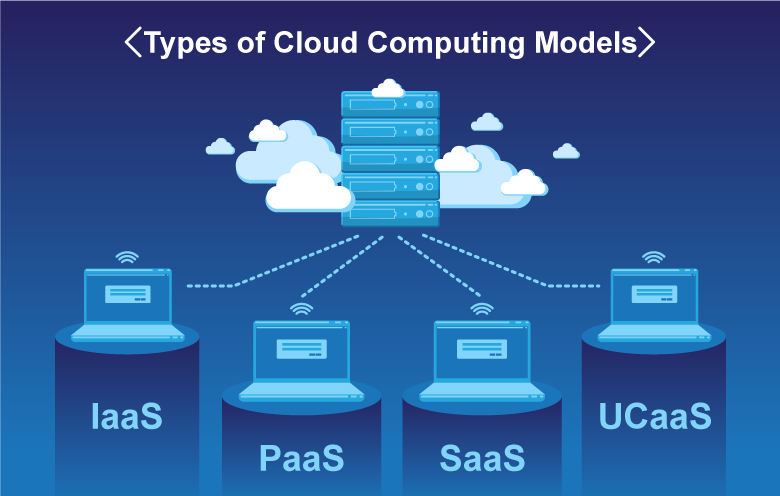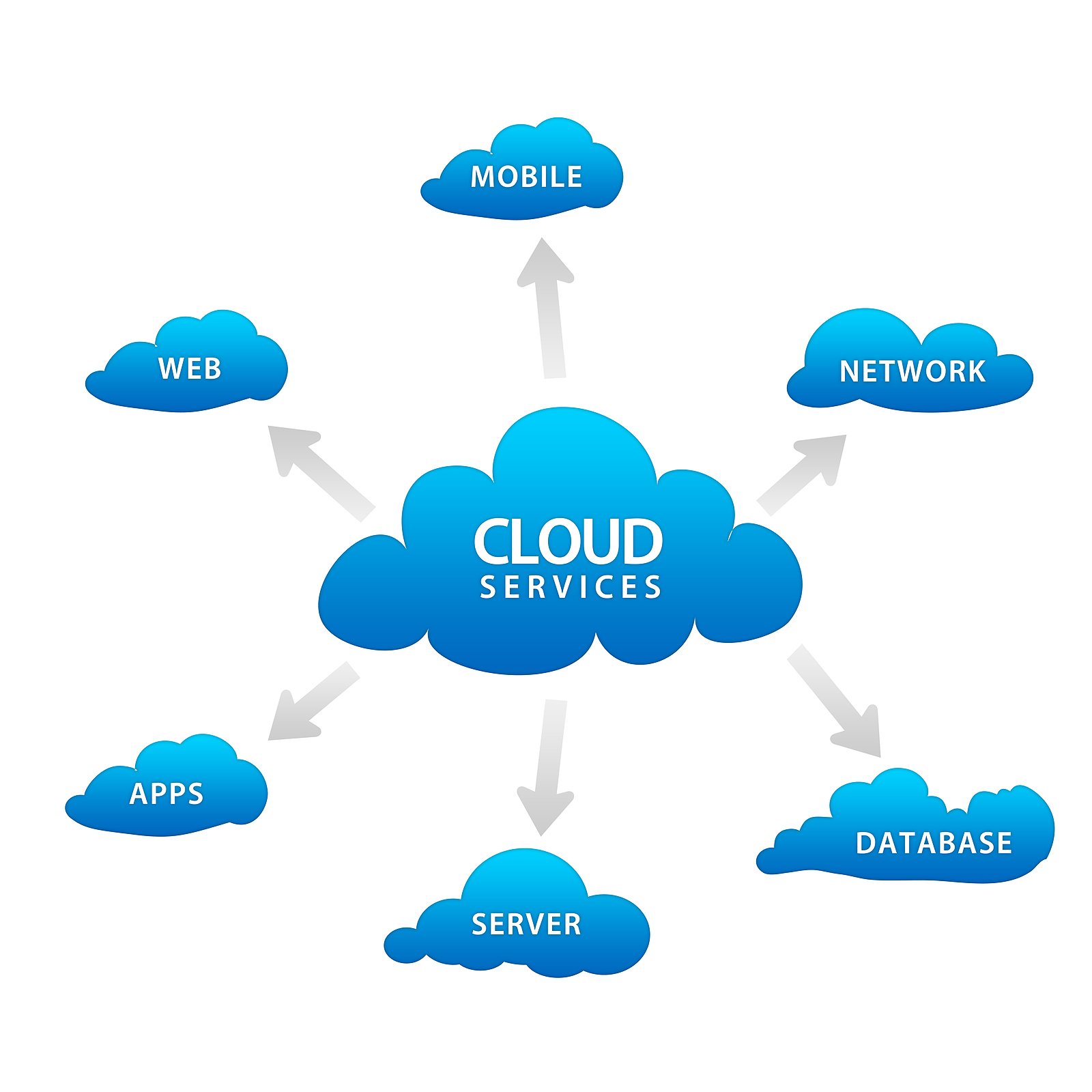Future-Proof Your Company: Embracing Cloud Services Approaches
In the ever-evolving landscape of company technology, the importance of embracing cloud services approaches can not be overemphasized. The capability to continue to be receptive and adaptable to changing market dynamics is vital for any organization seeking to secure its future. By taking advantage of the power of cloud solutions, organizations can simplify procedures, boost collaboration, and drive technology. Just how precisely can companies navigate the complexities of cloud adoption to make sure a smooth transition and optimize its advantages? Let's discover the crucial considerations and techniques that can assist companies future-proof their procedures in a progressively digital globe.
Benefits of Cloud Services
What advantages do cloud solutions use to businesses looking for to boost efficiency and scalability in their procedures? Cloud services provide numerous benefits that can considerably influence a company's procedures. One vital advantage is the flexibility and scalability that cloud solutions use. Businesses can quickly scale their resources up or down based upon need, permitting cost-effectiveness and dexterity in adapting to changing organization needs. Furthermore, cloud services remove the demand for business to spend in expensive equipment and infrastructure, decreasing upfront prices and maintenance costs.
One more advantage of cloud services is improved effectiveness. By leveraging cloud-based devices and applications, services can simplify processes, team up flawlessly across groups, and gain access to information from anywhere any time. This boosted efficiency can bring about increased efficiency and faster decision-making, ultimately driving service development.
Additionally, cloud services supply enhanced security procedures to safeguard information and ensure conformity with policies. With data file encryption, regular back-ups, and robust safety and security procedures, companies can alleviate the threats connected with information breaches and cyber threats. Generally, cloud services encourage companies to run much more efficiently, securely, and flexibly in today's quickly progressing digital landscape.
Key Factors To Consider for Migration
Moving to shadow solutions needs meticulous planning and factor to consider of vital variables to make sure a smooth and effective shift for your service. One important facet to take into consideration is the analysis of your existing IT framework. Understanding your existing systems, information, and applications will help establish which elements can be migrated to the cloud and what modifications may be required. Additionally, reviewing the scalability of cloud solutions is important. Guaranteeing that the chosen cloud service can fit your company's growth and developing requirements is important for long-term success.
An additional crucial factor to consider is choosing the best cloud solution copyright. By resolving these considerations thoughtfully, you can pave the method for a seamless change to cloud solutions and open the advantages they supply for your organization.

Ensuring Information Safety and Conformity
To safeguard delicate details and stick to regulatory standards, preserving durable information protection actions and guaranteeing compliance with appropriate regulations are vital considerations for click resources companies utilizing cloud solutions. When leveraging cloud solutions, companies have to focus on the security of data from unauthorized gain access to, breaches, and cyber hazards. Security, gain access to controls, regular security audits, and worker training on cybersecurity finest practices are necessary elements of a detailed information security approach in the cloud.
Furthermore, to straighten with industry-specific guidelines such as GDPR, HIPAA, or PCI DSS, businesses need to guarantee that their cloud provider use compliance certifications and comply with rigid data security needs. This includes implementing data residency measures, data managing procedures, and personal privacy policies that meet the legal commitments of the areas in which business runs.

Making Best Use Of Cost-Efficiency
Effective monitoring of resources is a vital aspect in enhancing cost-effectiveness when releasing cloud solutions for service operations. To optimize cost-efficiency, companies ought to consider numerous techniques.
To start with, companies can benefit from the pay-as-you-go version supplied by several cloud provider. This design permits business to range resources up or down based upon existing requirements, staying go right here clear of unnecessary expenses connected with preserving extra capacity (universal cloud Service). In addition, leveraging automation devices can assist improve operations, decrease hands-on treatment, and reduced labor expenses

Methods for Seamless Combination
For successful combination of cloud solutions right into your business framework, critical preparation and careful implementation are extremely important. To attain smooth integration, start by conducting an extensive evaluation of your existing IT environment. Determine existing systems, applications, and information that require to be moved to the cloud. Create a clear roadmap detailing the combination process, consisting of timelines, landmarks, and responsibilities.
Take into consideration leveraging hybrid cloud solutions to progressively shift crucial workloads to the cloud while keeping particular resources on-premises for improved safety and security or compliance needs. Apply robust information combination strategies to make certain smooth data flow in between on-premises and cloud systems. Make use of APIs and assimilation systems to assist in interaction and data exchange between different applications.
Team up closely with your IT team, cloud service suppliers, and any kind of third-party suppliers included in the integration process. Routine interaction and sychronisation are essential to resolve any obstacles or concerns that may develop during the integration phase. Testing and recognition are essential steps to confirm the performance and performance of the incorporated systems prior to fully deploying them in a manufacturing environment. By adhering to these strategies, you can accomplish a smooth and reliable combination of cloud services into your business operations.
Verdict
To conclude, embracing cloud solutions methods is critical for service future-proofing. The advantages of cloud solutions, essential movement considerations, information safety steps, cost-efficiency optimization, and integration techniques are necessary components for lasting success in today's digital landscape. linkdaddy cloud services. By welcoming cloud technology, companies can ensure they are equipped to meet future needs and obstacles, staying agile and affordable in an ever-evolving organization setting
To safeguard sensitive details and adhere to regulatory standards, keeping durable information safety procedures and making certain conformity with pertinent laws are paramount considerations for companies making use of cloud services.Take into consideration Get More Information leveraging hybrid cloud services to gradually shift important work to the cloud while maintaining particular sources on-premises for improved protection or compliance requirements. By complying with these methods, you can accomplish a seamless and effective assimilation of cloud services right into your service operations.
In conclusion, embracing cloud services techniques is important for organization future-proofing. By embracing cloud innovation, companies can ensure they are equipped to satisfy future demands and obstacles, remaining dexterous and affordable in an ever-evolving business environment.